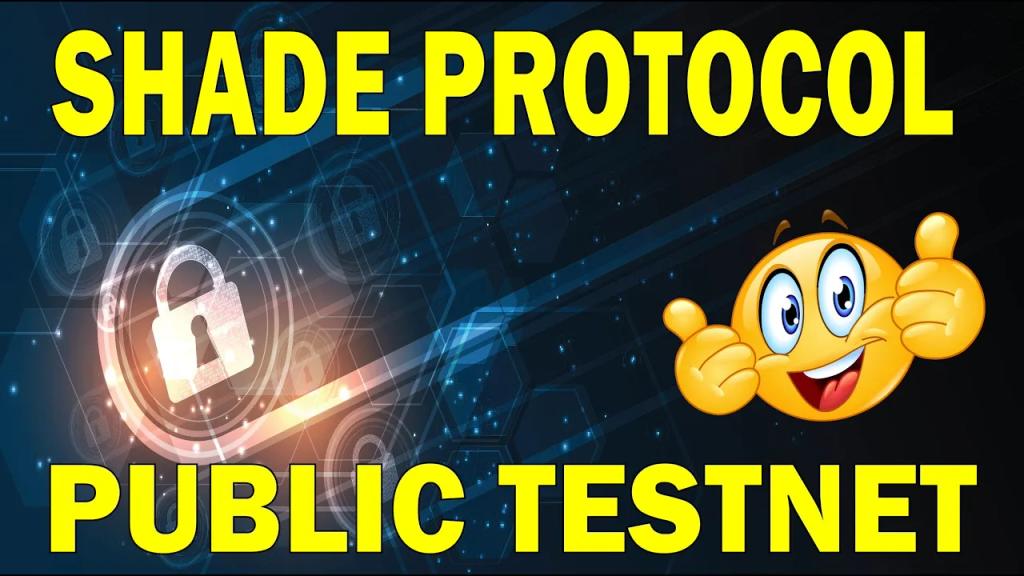When you interact with a smart contract on Shade, what happens inside the engine? This is your in-depth, technical breakdown of the answer to that question.
We recommend watching the first video in this series first if you haven’t already done so: 🤨 How does Shade do privacy?
Others resources referenced in the video linked below: Front-running: Front-running explained – How the Sec…
Secret Network docs: docs.scrt.network
////
On SGX and TEE: Secret Network leverages SGX as a TEE. Intel’s Software Guard Extensions (SGX) is a set of security-related instruction codes that are built into certain Intel CPUs that enable TEEs. The consensus seed is stored inside the TEE of each validator node, allowing for encrypted inputs to be decrypted and computed within a safe and secure hardware environment. SGX comes in 2 forms; SGX-ME and SGX-SPS. SGX-ME (management engine) uses small extra chips to manage functions related to the enclave such as memory and energy management, both of which have been used in the lab to break into the enclave. SGX-SPS (Server Platform Services) allows the bypassing of the ME chip. To further reduce the number of possible attack vectors on the network, Secret Network has opted to only use SGX-SPS. Hence, all attack vectors of the ME chip do not apply to Secret Network. Similarly, each node creates an attestation report that proves the node is using the latest security patches of SGX before it registers. The entire network verifies the attestation report of the new node on-chain, and within the consensus and new node’s enclave to ensure that node operators cannot decrypt anything.
////
X:
https://x.com/Shade_Protocol
Interchain Info Page:
https://interchaininfo.zone/indexes/shadeprotocol
////
Information provided in this post is for general informational purposes only and does not constitute formal investment advice. Please read the full disclaimer at shadeprotocol.io/disclaimer before relying on any information herein.





